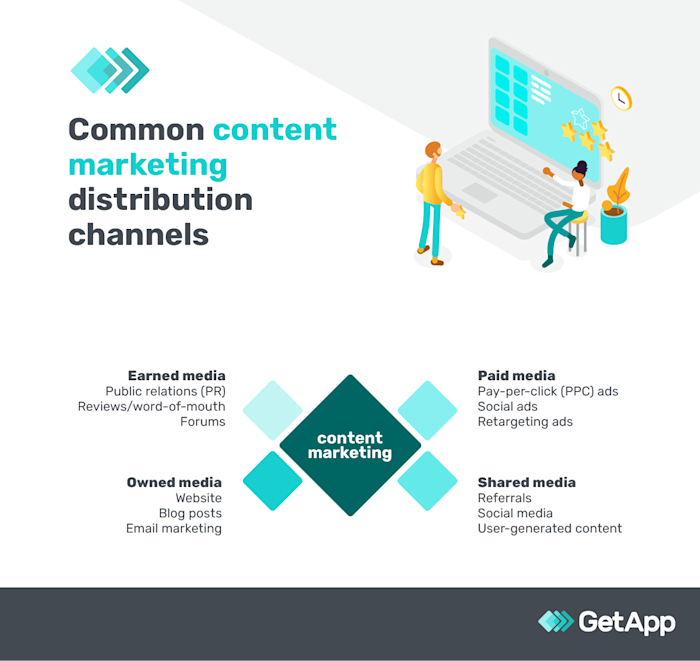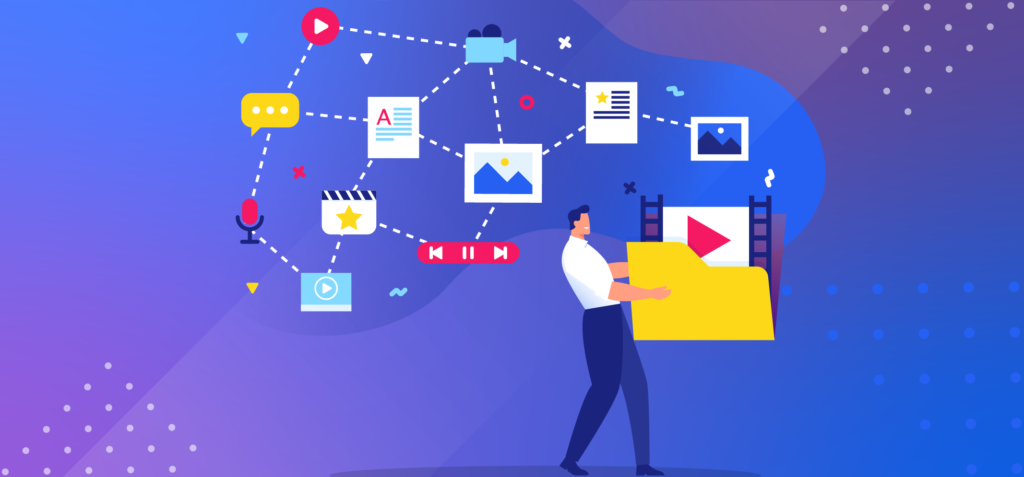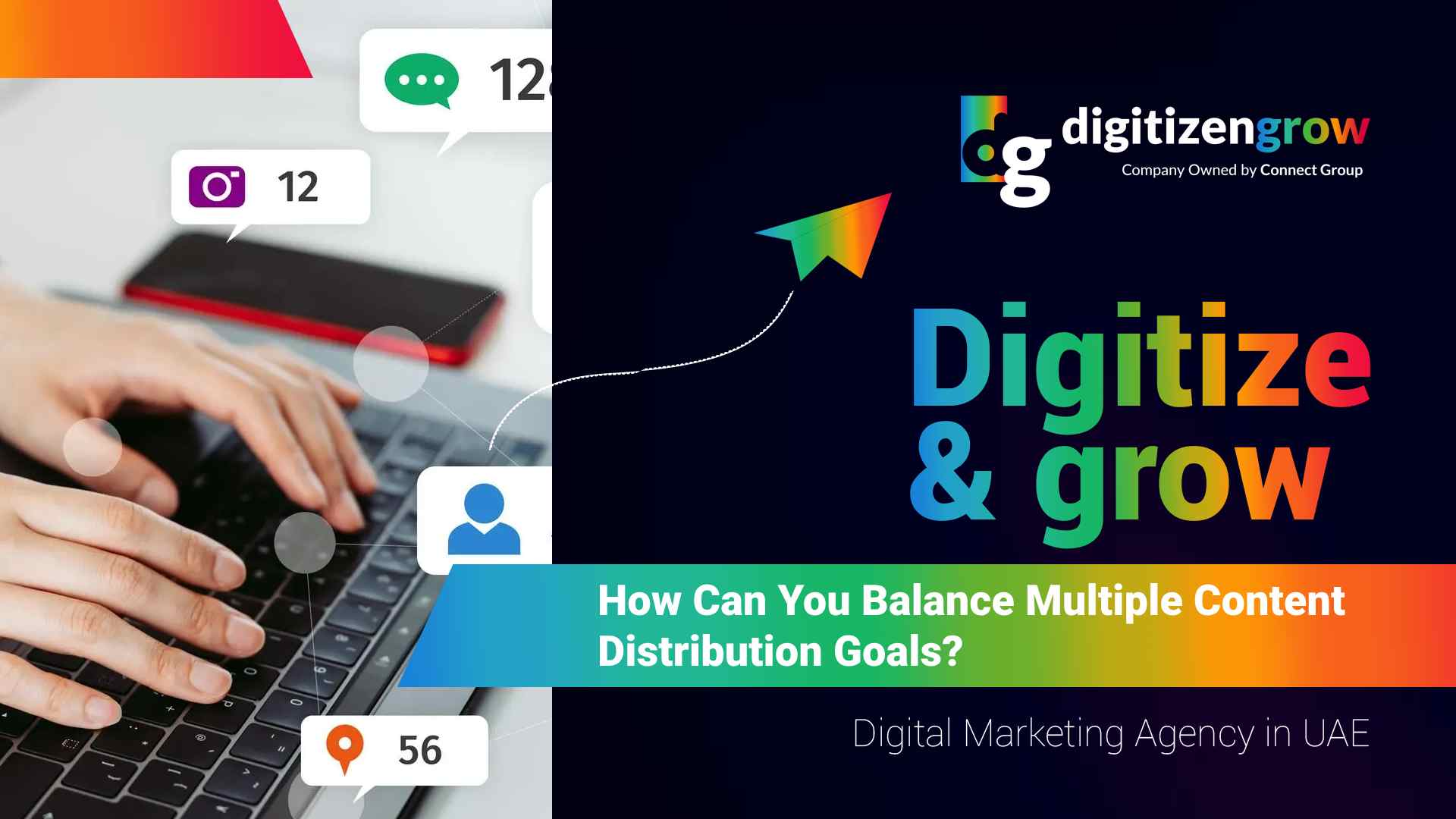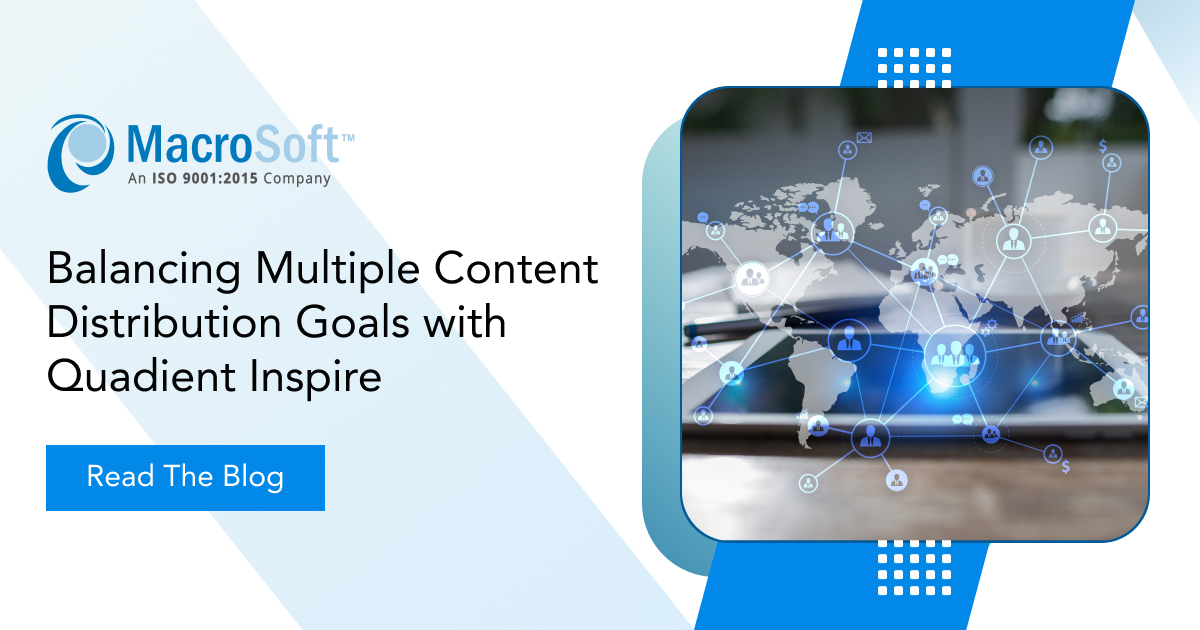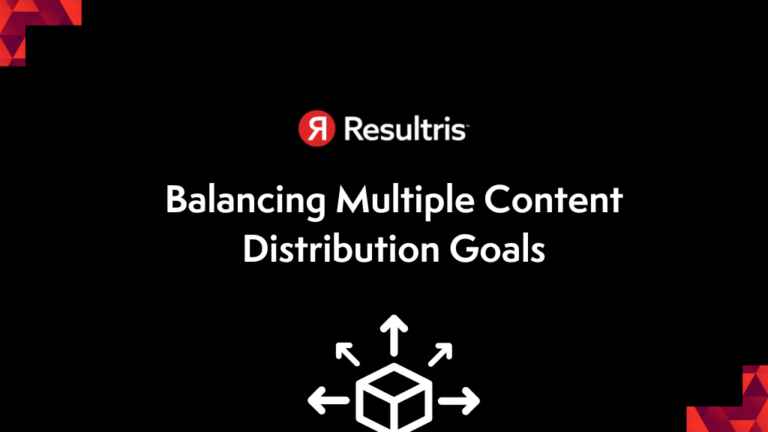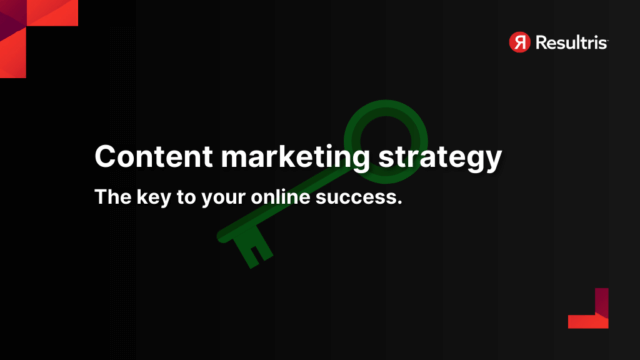How Can You Balance Multiple Content Distribution Goals
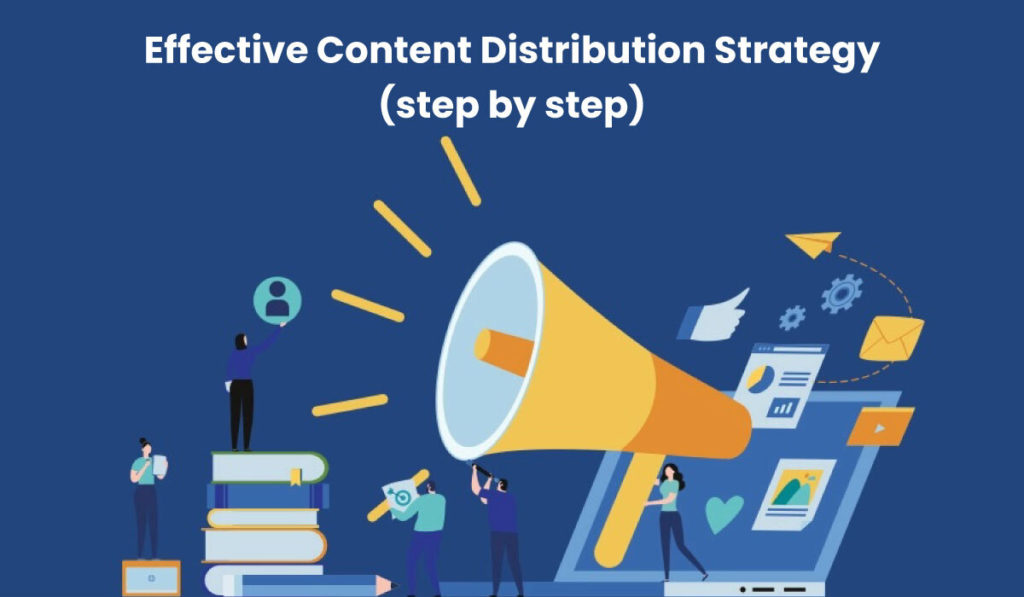
In today's digital landscape, content creators and marketers face the challenge of distributing content across a multitude of platforms to achieve diverse goals. Balancing these objectives requires a strategic approach that considers audience segmentation, platform-specific optimization, and consistent performance analysis. Understanding how to navigate this complexity is crucial for maximizing reach and impact in an increasingly fragmented media environment.
The core question lies in how organizations can effectively distribute content to achieve multiple goals, such as brand awareness, lead generation, sales conversion, and customer engagement. This involves aligning content strategy with business objectives, selecting the right distribution channels, and measuring the success of each campaign. Effectively answering this question could revolutionize marketing strategies, and dramatically enhance return on investment for content creation efforts.
Understanding Your Goals
Before embarking on any content distribution strategy, it's imperative to define clear, measurable goals. Are you primarily focused on boosting brand visibility, generating leads, driving sales, or fostering customer loyalty? Clearly defining these goals will inform the selection of appropriate platforms and the type of content to be created.
Different goals necessitate different strategies. For instance, if brand awareness is the primary goal, platforms like Instagram and TikTok might be more effective, while lead generation might be better suited for platforms like LinkedIn or through targeted email campaigns. Defining your goals will dramatically impact your success rates.
Platform Selection: A Strategic Choice
Selecting the right platforms is paramount. Not all platforms are created equal, and each caters to a different audience with distinct content preferences. This is the crucial juncture in the process that can result in either success or failure of your content distribution goals.
Facebook, for example, boasts a broad demographic reach, making it suitable for general brand awareness campaigns. Twitter excels at real-time engagement and news dissemination. In comparison, LinkedIn is ideal for B2B content and professional networking.
Recent studies from HubSpot indicate that companies using a multi-channel approach see significantly higher engagement rates compared to those focusing on a single platform. However, spreading resources too thinly across too many platforms can dilute the impact.
Content Optimization for Each Platform
Simply repurposing the same content across all platforms is a common mistake. Successful content distribution requires tailoring content to the specific format and style preferences of each platform. Optimizing content increases the likelihood of engagement and virality.
For instance, a lengthy blog post might be summarized into a series of short, engaging tweets or transformed into an infographic for Pinterest. Similarly, a webinar recording could be edited into bite-sized video clips for YouTube or Instagram Reels. Platform optimization should always be performed.
Sprout Social's research shows that content optimized for each platform receives, on average, 27% more engagement than generic content. This clearly shows that time spent on optimizing your content on each platform is time well spent.
Balancing Organic and Paid Distribution
A balanced approach to content distribution involves leveraging both organic and paid strategies. Organic reach, while valuable, is often limited by platform algorithms. Paid advertising can significantly amplify reach and target specific demographics.
Organic strategies involve creating high-quality, engaging content that naturally attracts an audience through search engine optimization (SEO) and social sharing. Paid strategies include social media advertising, search engine marketing (SEM), and display advertising.
The ideal mix of organic and paid distribution depends on budget, target audience, and campaign objectives. Organizations should regularly evaluate the effectiveness of both strategies to optimize their allocation of resources. Understanding the balance between these two strategies will boost the efficiency of your spending.
Measuring and Analyzing Performance
Data-driven decision-making is crucial for effective content distribution. Consistently monitoring key performance indicators (KPIs) such as website traffic, social media engagement, lead generation, and sales conversion is essential. This data can then be used to optimize future strategies.
Tools like Google Analytics, Hootsuite, and SEMrush provide valuable insights into content performance across different platforms. Analyzing this data helps identify what's working, what's not, and where adjustments need to be made. Analyze every aspect of your performance to optimize your distribution strategies.
According to a 2023 report by the Content Marketing Institute, organizations that consistently track and analyze their content performance are three times more likely to achieve their marketing goals. Therefore, performance monitoring should always be taken into consideration.
The Human Element: Engaging Your Audience
Ultimately, successful content distribution hinges on engaging with the audience on a human level. This means creating content that resonates with their needs, interests, and pain points. This is the main point to always remember when distributing content to many platforms.
Responding to comments and questions, fostering a sense of community, and soliciting feedback can all contribute to stronger audience engagement. A human interest story can often go a long way to foster customer relationships.
One local business owner, Sarah Chen, attributes her success to actively engaging with her customers on social media. "I make it a point to respond to every comment and message personally," she says. "It shows that I care about their opinions and builds trust." Chen's success is a testament to the importance of human connection in content distribution.
Adaptability is Key
The digital landscape is constantly evolving, so adaptability is essential for long-term success. New platforms emerge, algorithms change, and audience preferences shift. Staying informed about these changes and adapting content distribution strategies accordingly is critical.
Organizations should embrace a culture of experimentation and be willing to try new approaches. Regularly testing different content formats, distribution channels, and messaging styles can help identify what resonates best with their target audience. The willingness to adapt is crucial for success.
Keeping up with trends is essential. As platforms grow, so does the audience that consumes the content. In conclusion, content distribution goals must evolve with the digital landscape.

